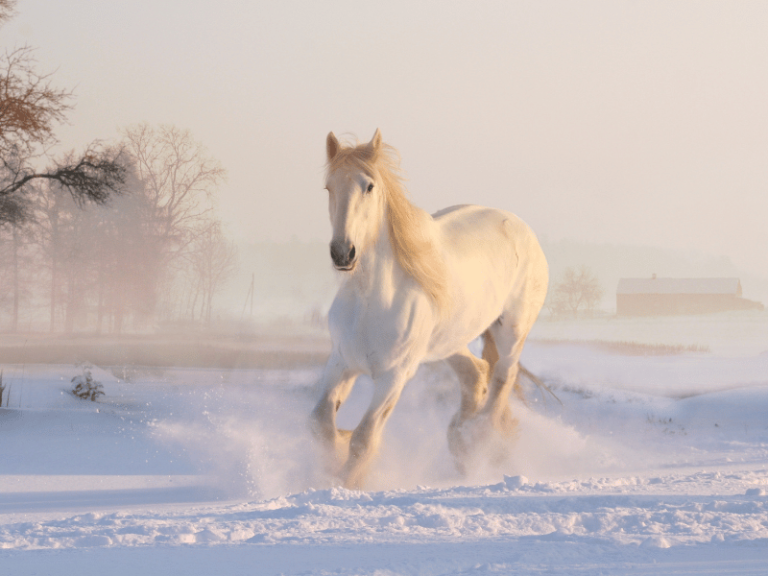Animal ears serve as auditory organs, but few people know that horses use their ears not only for hearing but also to express various emotions like joy, anger, sorrow, and happiness.
Those who care for horses generally observe their emotions from various body postures, facial muscle movements, tail and limb activities, as well as the sounds they make. For instance, when a horse is hungry and not fed promptly, it may nervously kick with its front hooves. However, the most expressive part of a horse’s face is its head, particularly its ears, nose, and eyes. Among these, the ears are the most noticeable in revealing its mood.
Based on years of observation by caretakers, when a horse is in a “relaxed” state, its ears are erect and vertical, with strong ear roots, occasionally showing slight movements. When it is “unhappy,” its ears move back and forth continuously. In times of tension, it raises its head high and its ears stand upright to the sides. Excited horses often lay their ears flat backward. After strenuous work or when feeling fatigued or dull, its ear roots show weakness, and the ears droop forward or to the sides. When tired and in need of rest, its ears hang to the sides. Fearful horses keep their ears constantly tense and may emit a snorting sound through their nostrils, a behavior known as “snorting.” This is especially common at night.
Simply observing a horse’s ear expressions can reveal many different “moods.” By also observing its nose and eye expressions, as well as the movements of its tail, one can further understand the horse’s emotional state.

